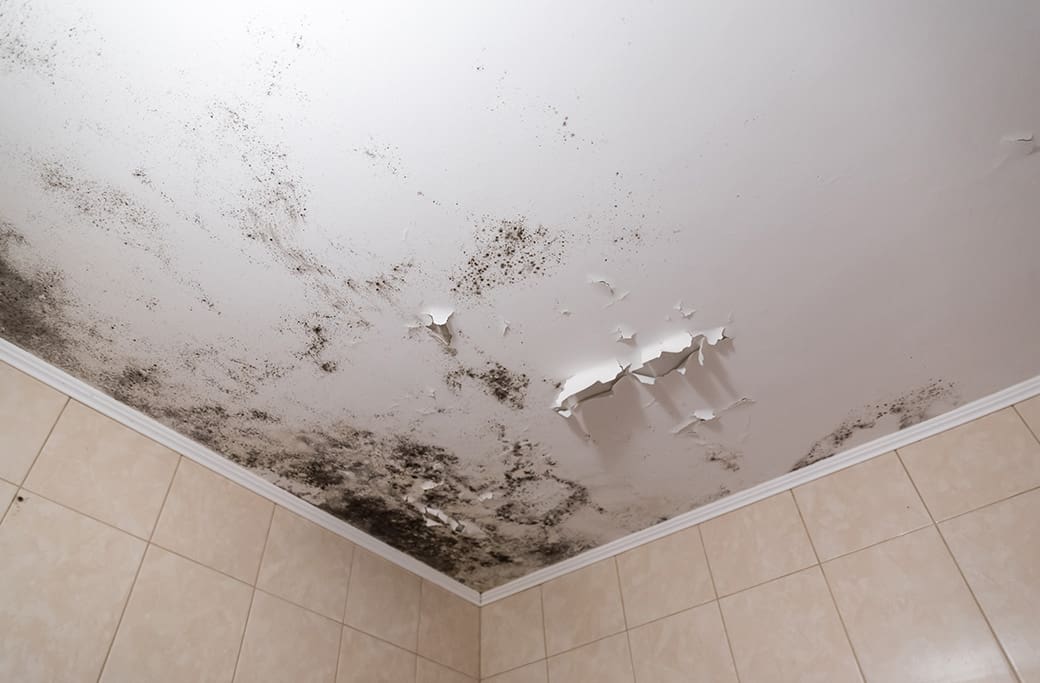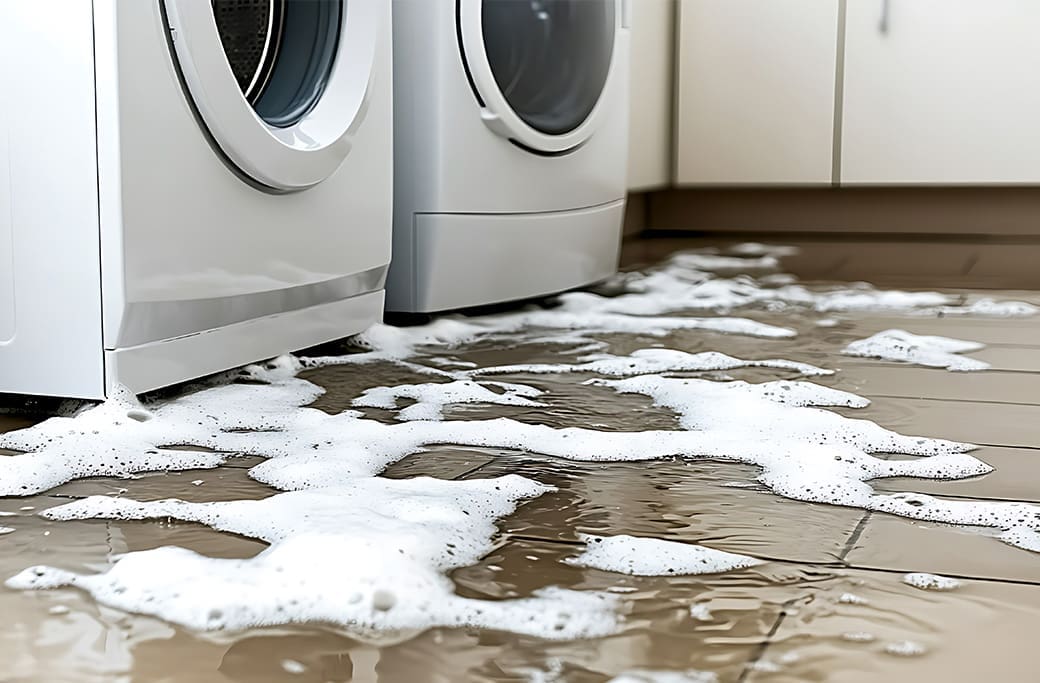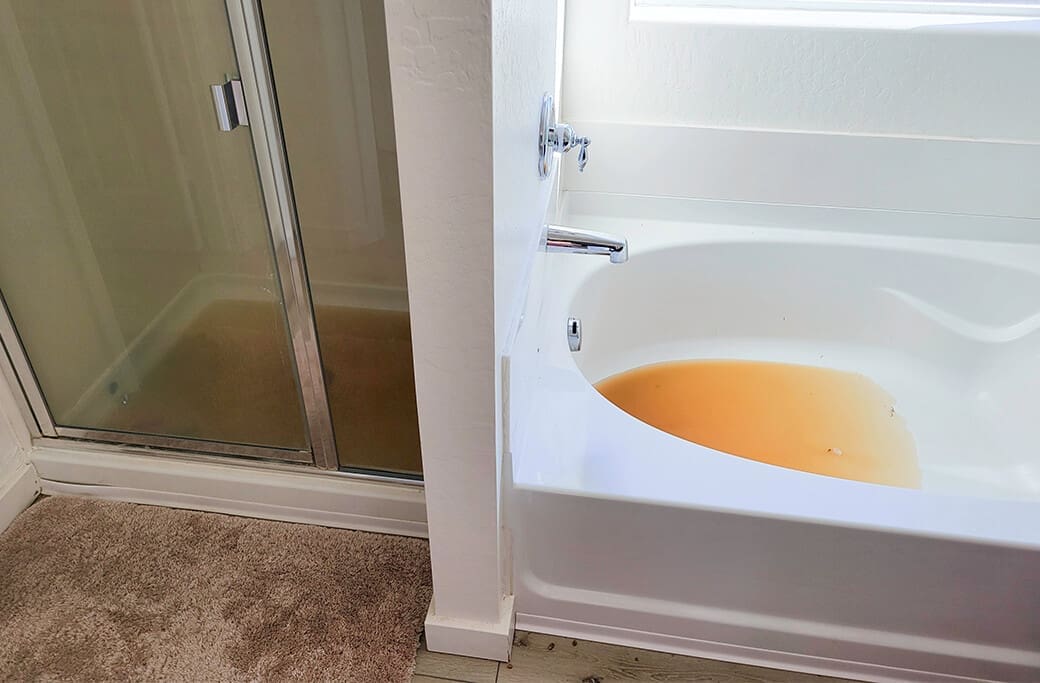
When it comes to maintaining a healthy and safe living environment, understanding the risks associated with black mold and knowing how to address them effectively is crucial for homeowners. Our team at STOP Restoration specializes in identifying, removing, and preventing mold in homes. We understand the dangers of black mold and the importance of taking care of it promptly and thoroughly.
What is Black Mold?
Black mold is a type of fungus that can grow in damp and humid environments. It typically appears as dark green or black spots on walls, ceilings, carpet, insulation, or sub-flooring materials. Black mold thrives in areas with poor ventilation and high levels of moisture, making bathrooms, basements, and kitchens common places for it to grow.
Understanding Black Mold:
Black mold is a type of toxic mold that can cause serious health problems if left unchecked. It typically grows in moist environments with organic material, such as wood or paper. This makes it a common issue in homes with water damage, leaks, or excessive humidity. Black mold can also thrive in places with poor ventilation and little natural light.
Exposure to black mold can lead to a variety of health issues, including respiratory problems, skin irritation, and even neurological symptoms. The severity of these health effects can vary depending on the individual’s sensitivity and the length and level of exposure. Those with weaker immune systems, such as children and the elderly, are more susceptible to the dangers of black mold.
Where Does It Grow?
Black mold can be found both inside and outside your home. Inside, common hotspots include bathrooms, basements, and kitchens, particularly around leaks in roofs, windows, or pipes, and in any area that has experienced flooding or chronic dampness. It often hides behind wallpaper, in insulation, on ceiling tiles, and within HVAC systems. Outside your home, black mold tends to grow on surfaces exposed to moisture, such as the siding, especially in shaded areas that don’t dry out easily. It’s also common in gutters where leaves and other organic materials retain moisture. Keeping these areas dry and well-ventilated is key to preventing black mold growth.
How Does It Affect Health and Indoor Air Quality?
Black mold releases spores into the air, which can be inhaled or come into contact with the skin. These spores can cause a range of health issues, particularly affecting the respiratory system. Symptoms can include coughing, sneezing, sore throat, and in more severe cases, asthma attacks or lung infections. For individuals with pre-existing respiratory conditions or compromised immune systems, the effects can be particularly acute.
Furthermore, the presence of black mold in an indoor environment can significantly deteriorate indoor air quality. Mold spores circulating in the air can trigger allergic reactions and aggravate asthma in susceptible individuals. Over time, prolonged exposure can lead to more serious health conditions. Maintaining good air quality is essential for ensuring a healthy living environment, underscoring the importance of promptly addressing and removing any black mold found in homes.
Signs of Black Mold in Homes:
Identifying black mold in your home involves more than just spotting visible growth; it requires a keen observation of your environment and recognizing less obvious signs. If you notice persistent musty odors, this is often a clear indicator of mold presence, even if you cannot see it directly. Health symptoms from mold exposure, such as unexplained respiratory issues, allergies, or more frequent asthma attacks, can also suggest a hidden mold problem. Pay attention to areas prone to moisture, such as bathrooms and basements, and look for discolored patches or wallpaper that is peeling or bubbling, as these can be signs of moisture and mold growth beneath the surface. Since black mold thrives in damp conditions, areas with water leaks, condensation, or flooding history deserve particular close attention.
Black Mold Removal:
Professional black mold removal is a multi-step process that ensures the thorough eradication of mold while preventing its recurrence. Here’s an overview of the key steps involved:
Assessment and Inspection: Professionals start by conducting a comprehensive assessment of the affected areas to determine the extent of mold growth and moisture levels. This may involve using specialized equipment such as moisture meters and thermal imaging cameras.
Containment: To prevent the spread of mold spores during removal, the affected area is sealed off using plastic sheeting and tape. Negative air pressure is often employed to further contain the spores.
Air Filtration: High-efficiency particulate air (HEPA) filters and air scrubbers are used to clean the air and remove mold spores from the indoor environment.
Mold Removal: Depending on the severity and location of the mold, professionals will use various methods to remove it. This can include physically removing contaminated materials, applying antimicrobial and antifungal treatments, and using specialized cleaning solutions.
Cleaning and Sanitizing: After mold removal, all surfaces and belongings in the affected area are cleaned and sanitized. This step might involve using HEPA vacuums and damp wiping with mold-cleaning agents.
Disposal: Any materials that were contaminated with mold and could not be cleaned or salvaged are safely disposed of in heavy-duty plastic bags.
Restoration and Repair: The final step involves repairing or replacing materials that were removed during the mold remediation process, such as drywall, insulation, or carpeting, to bring the property back to its original condition.
Prevention Measures: Professionals will often provide recommendations for preventing future mold growth, such as improving ventilation, installing dehumidifiers, and fixing water leaks.
Preventing Black Mold Growth:
To prevent black mold, focus on controlling moisture levels in your home:
- Regularly inspect your home for leaks and repair them promptly.
- Use dehumidifiers in damp areas.
- Ensure your home is well-ventilated.
- Keep gutters clean to prevent water seepage.
Dangers of Black Mold and How to Safely Remove It
The dangers of black mold to both health and property cannot be overstated. While some small-scale mold issues can be addressed by homeowners, professional Mold Remediation Services are crucial for significant infestations to ensure safe and effective removal.
If you suspect black mold in your home, it’s imperative to act swiftly. Contact the experts at STOP Restoration for guidance, support, and professional remediation services. Protecting your home and health from the dangers of black mold ensures a safe, comfortable living environment for you and your family.




